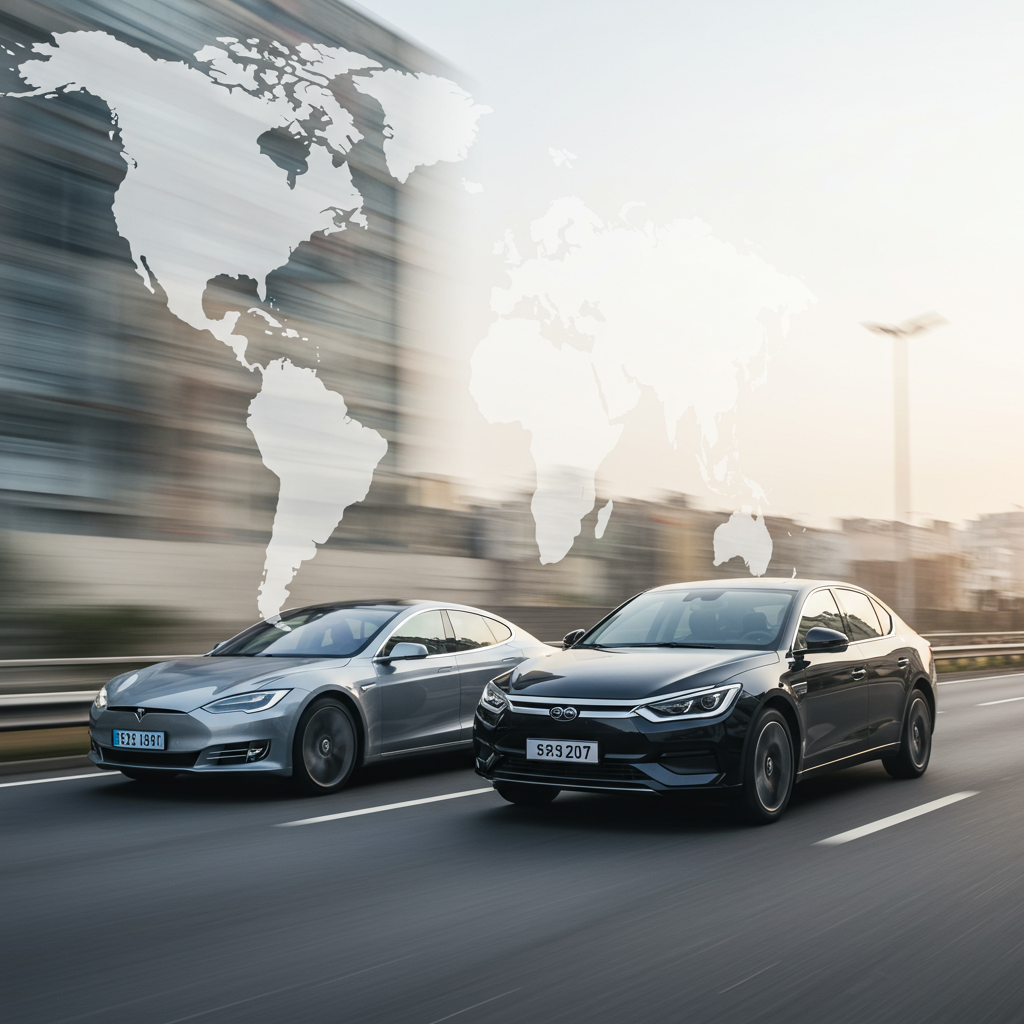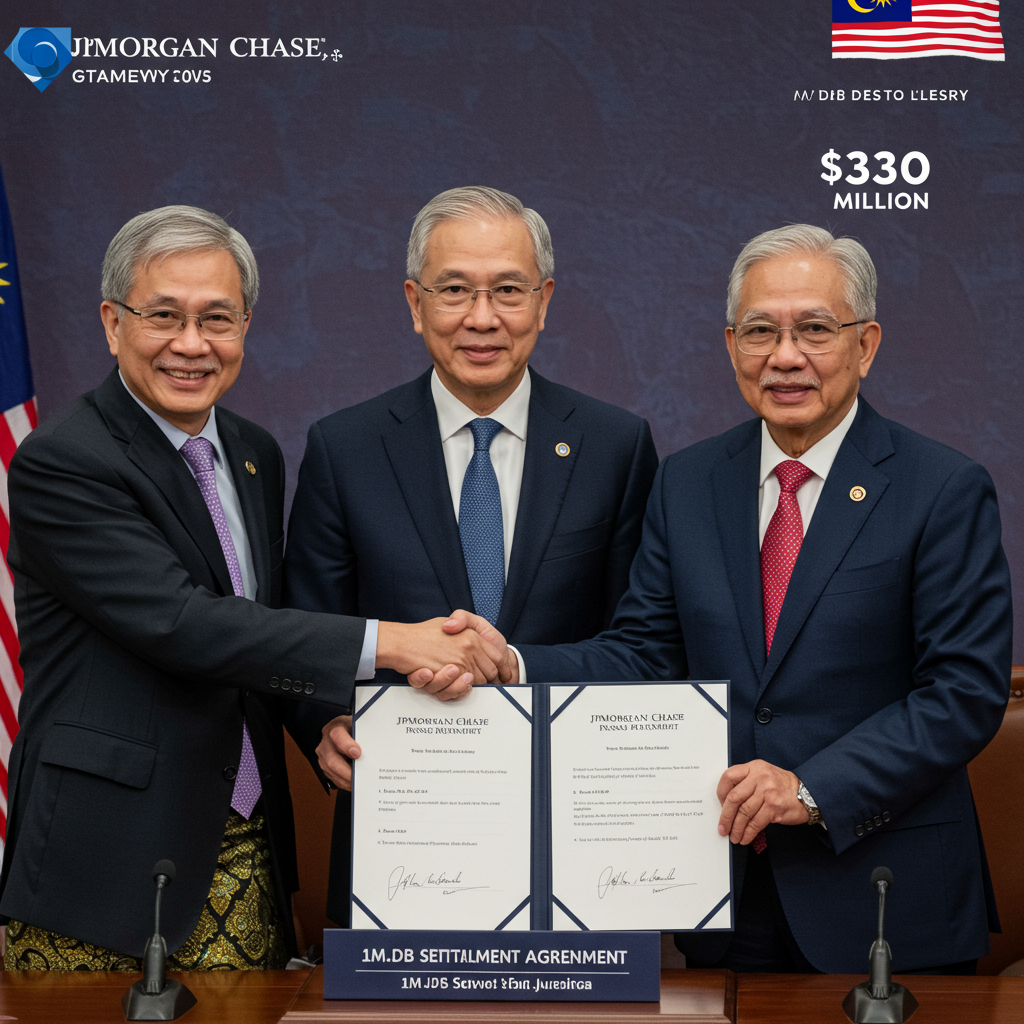A dramatic shift is underway in the global electric vehicle (EV) market. Chinese automakers have surged ahead, fundamentally altering the competitive landscape and challenging established players. A recent report by the International Council on Clean Transportation (ICCT) underscores this dominance, revealing that China now accounts for over 11 million EVs sold annually – more than half of the global total.
This isn’t just about volume; it’s about setting the pace. China’s massive domestic market has fueled unprecedented growth, allowing companies to scale rapidly, refine technology, and aggressively price their vehicles. Giants like Geely and SAIC have already hit 50% zero-emission vehicle (ZEV) sales share, achieving their 2025 targets a full year early. The ICCT report highlights this strength, with Chinese automakers securing the top five spots for ZEV class coverage and five out of the top six for overall EV sales share.
BYD Surpasses Tesla: A Turning Point
The ICCT report confirmed a major milestone: In 2024, BYD officially surpassed Tesla in global battery electric vehicle (BEV) sales for the first time. BYD’s BEV sales jumped an impressive 25% year-over-year. When including plug-in hybrids, BYD’s total deliveries reached a staggering 4.3 million units, placing it in a similar sales league as established legacy automakers like Ford and pushing its total revenue past Tesla’s in 2024 (though a portion of BYD’s revenue comes from non-auto businesses). BYD projects continued rapid expansion, aiming for 5-6 million vehicle sales in 2025.
While both BYD and Tesla remain categorized as “Leaders” by the ICCT, BYD’s ascent signals intense pressure on the former market leader.
Driving Factors Behind China’s Lead
China’s success is multifaceted:
Scale & Momentum: The sheer size of the domestic market provides a launchpad for mass production and cost reduction.
Rapid Innovation: Chinese manufacturers are quick to roll out new models and technological advancements. This includes breakthroughs in battery technology, offering faster charging speeds (BYD’s Super e-Platform boasts peak speeds double Tesla’s Superchargers, adding significant range in minutes) and integrating advanced driver-assistance systems (ADAS) into a wider range of vehicles, often at no extra cost.
Aggressive Pricing: Companies like BYD are strategically pricing models significantly lower than competitors, directly challenging vehicles like the Tesla Model 3 with comparable or better features, making EVs accessible to a broader consumer base.
Model Variety: Offering a diverse range of models caters to different market segments, contrasting with competitors sometimes perceived as having more limited, “stale” lineups.
Tesla’s Challenges and the Global Race
Meanwhile, automakers in the US and Europe are grappling with the challenge of catching up. They face hurdles ranging from technological lags to navigating complex regulatory environments.
Tesla, specifically, has seen sales decline in key markets like China, Europe, and the US. This downturn is attributed to factors including intensifying competition, increased model variety from rivals, and, according to some analyses, political backlash linked to CEO Elon Musk’s public stances. Sales slumped significantly in countries like Germany, Portugal, and France, and even in its home state of California. While Tesla maintains advantages in market valuation and profitability margins, its market share in critical regions like China has dropped sharply. The company is exploring strategies like designing cheaper models and enhancing its ADAS in China.
Beyond the giants, the global landscape is evolving. The ICCT report noted widespread improvement in BEV technology performance across the industry, with automakers boosting energy efficiency, charging speed, and driving range. Companies like GM and Honda introduced new high-performance models, while Chinese firms including Geely, Chang’an, and Chery also made substantial gains with new EV lines.
India’s Tata Motors marked a significant step, moving from the ICCT’s “laggard” group to “transitioner” thanks to new EVs and efforts in battery recycling. While Japanese and South Korean automakers lag overall, Honda and Nissan are making incremental progress.
Focus on Sustainability in Manufacturing
A newer metric in the ICCT report highlights the growing importance of sustainable manufacturing: green steel. Recognizing steel as a major source of emissions in vehicle production (after batteries), the report now tracks automakers sourcing renewable-powered green steel. European brands like Mercedes-Benz, BMW, and VW received high marks in this area.
As Drew Kodjak, ICCT’s CEO, summarizes, the rapid evolution in China has created significant advantages for its auto companies. For the rest of the global industry, the challenge is no longer just about meeting future targets but about remaining competitive today in this fast-changing market.
The full Global Automaker Rating, assessing 21 major automakers, is available on the ICCT’s website.


